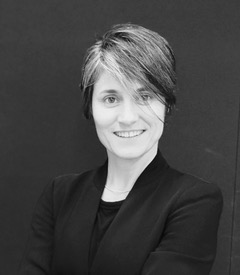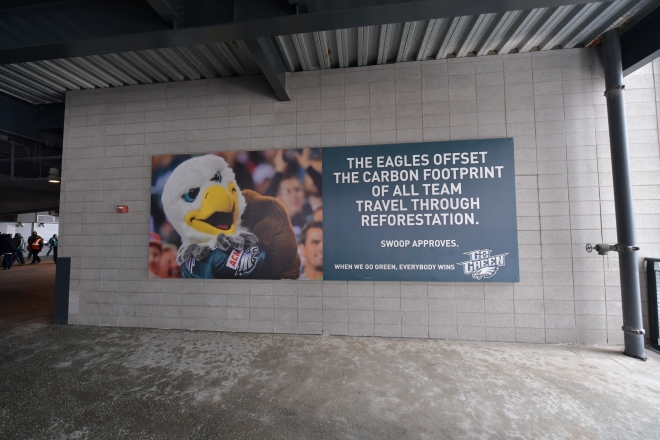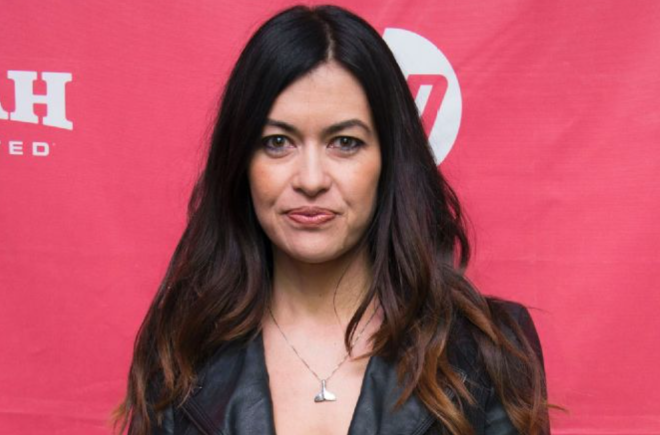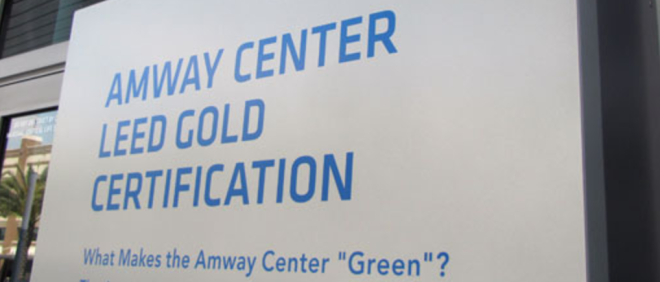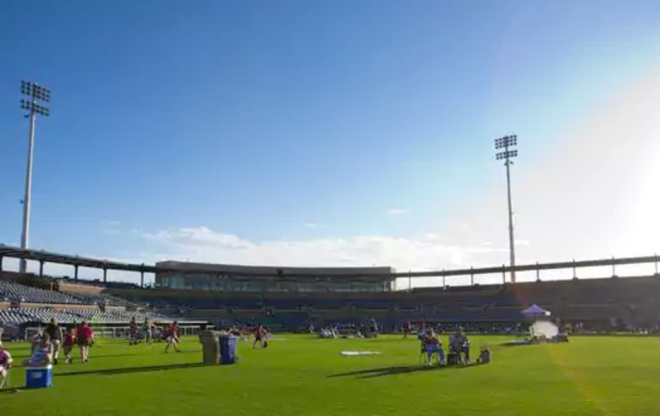If there were a Green-Sports Hall of Fame (hey, that’s an idea!), Rick Fedrizzi would be an inductee. As one of the founders of the U.S. Green Building Council (USGBC) and its CEO for 14 years, Fedrizzi was instrumental in LEED becoming the certification standard for the built environment, including the sports world. During his tenure, LEED-certified stadia and arenas became the rule rather than the exception; permanent, high profile exemplars of the greening of the sports world. You’d think that would be enough. But, rather than retiring, Fedrizzi has chosen to start an important second act, as Chairman and CEO of the International WELL Building Institute (IWBI), which administers the WELL Building Standard, a new standard that looks at how to use buildings to improve and enhance human performance and comfort. In a wide-ranging GSB Interview, Fedrizzi shared his vision for IWBI and how it can positively impact the sports world in general, and Green-Sports in particular.
GreenSportsBlog: Rick, thank you so much for chatting with us. I can’t wait to discuss your work at the International WELL Building Institute—IWBI—and how the WELL standard can accelerate the sports sustainability movement. But, before we get there, how did you get there?
Rick Fedrizzi: My pleasure, Lew. Going back a ways, I started out in accounting at Carrier Corporation right after graduating from LeMoyne College in Syracuse. Found out I didn’t much care for accounting, nor auditing. I much preferred marketing so I angled my way in that direction. Moved to South Florida with the company and was later pegged by the CEO to lead a unit that was tasked with greening the air conditioning business. So I became the Director of Environmental Marketing…
GSB: Did you have a real interest in environmental marketing before this job?
RF: Not specifically. But as I got into the job, I really got into it. In a year’s time, we delivered an entire platform for environmental marketing in the air conditioning arena, including dramatic improvements in packaging and refrigerants. We created, in essence, an internal ratings system…energy, sound, air quality…

Rick Fedrizzi, chairman and CEO, International WELL Building Institute (Photo credit: Michael Dambrosia)
GSB: Sounds like part Energy Star, part LEED.
RF: Exactly…When I was asked to lead the team at U.S. Green Building Council (USGBC) temporarily, I saw the possibilities and ended up signing on for 14 years as the full time CEO. We started the Leadership in Energy and Environmental Design or LEED certification program, which first focused on environmental performance of new and existing commercial buildings, and later expanded to pretty much every building type – schools, retail, healthcare. It was my mission—I cared deeply about an organization that linked environmentalism, capitalism, and business—so it was the right place for me to be.
GSB: LEED has become standard operating procedure for new and upgrades to existing commercial buildings, including stadia and arenas. So congratulations are in order!
RF: Thank you…
GSB: So you decided to leave USGBC, and then a new opportunity came your way…
RF: With the International WELL Building Institute or IWBI…

GSB: What is IWBI?
RF: IWBI is an organization at the intersection of building science, business metrics and health science. We look at, measure and certify, through the WELL Building Standard, what goes on inside a building and how it affects the people in the same way LEED looks at, measures and certifies mainly for external environmental impacts. LEED’s main targets are to protect the environment, reduce carbon emissions, environmental toxicity, and more. In terms of inside buildings, LEED does provide credit for human health related measures like air quality, water quality and light. But it represents only about 22-24 percent of LEED credits. WELL picks up where LEED leaves off, focusing on how human beings interact with the built environment.
GSB: What kinds of buildings can receive WELL certification?
RF: Right now, we work primarily with large scale commercial buildings and interiors – new and existing — which includes stadia and arenas, and large scale, high rise residential. But we have an “all buildings in” effort underway, and we’re beginning to register smaller scale building, affordable housing and later this summer, communities. With WELL we’re looking to change mindsets. In real estate, we want to the industry to move from simply building buildings that are functional and, yes, environmentally efficient, to one that builds buildings that inspire, attract and nurture, all with improved human performance in mind.
GSB: WELL basically sounds like a natural evolution from LEED…
RF: We hope so! LEED had to come first but now WELL gives us the opportunity to add health and wellness to the definition of sustainability of buildings. I call it the “second wave” of sustainability.
GSB: Where do sports fit in? I mean it’s clear how LEED fits—teams and venue owners want to build or renovate in an environmentally friendly way: It saves money—owners really like that—and it’s better for the environment.
RF: Great question, Lew. By looking at and measuring for air, light, but also acoustics and ergonomics, among others things WELL will help improve a player’s performance just like LEED will improve a stadium’s performance. Some Major League Baseball clubs have—or will have soon—high-end comfort pods at their stadiums. Players can read, relax, even sleep there. Putting your players in the best environment gives them the best chance to succeed on the court, on the field.
GSB: When did the IWBI and WELL get started?
RF: About seven years ago. Paul Scialla, CEO of Delos, a company focused on sustainable design, health and wellness real estate, really got the ball rolling. He saw the need for a collaboration between architects, engineers, sustainability executives—the key players in LEED—and doctors, public health officials, athletic trainers, dietitians, and more. It took awhile, but the WELL Building Standard finally went to market in late 2014, and I was brought in last November.
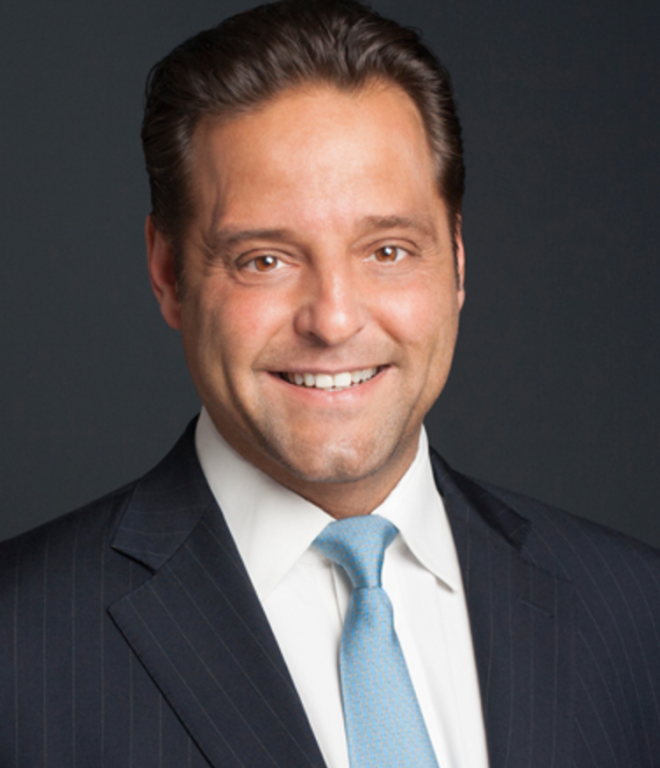
Paul Scialla, CEO of Delos (Photo credit: Delos)
GSB: Is WELL only a North American thing?
RF: That’s our home base but we’ve got WELL Certified projects in more than 30 countries and a growing supporting infrastructure in key growth markets – China, India, UK, Europe, Canada. WELL was “prepped” for it by LEED.
GSB: So let’s get into the WELL Building Standard credits a bit. What do they look like?
RF: Let’s look at air: I’ve read a great deal and heard many stories about indoor air quality and its effects on the human body and human performance. There is a significant body of research that shows that human performance suffers when people are not properly ventilated, if it’s too dry or wet, too hot or cold. If CO2 is too high in a room, people can yawn, get fatigued, and/or suffer from headaches. WELL features tackle these issues: They include air quality performance and balance, material selection, filtration, moisture control, ventilation, construction processes, maintenance and operations, and more.
GSB: I did not know that about indoor CO2; never thought about it. What about lighting and water?
RF: Lighting is a complex topic. An office worker may be lucky enough to have a window nearby, indoor overhead lighting, a local desktop light and light from the computer. The optic nerve and brain try to process all four light sources to give you the best chance to perform. But the odds are that the mix of those light sources are not optimal which can lead to eye fatigue and overall sluggishness, and can disrupt your sleep patterns.
GSB: Which hurts productivity, I imagine.
RF: That’s right. So we measure light balance, as well as access to natural light, indoor light quality and more. On water, we are concerned with more than how clean it is—of course we measure that—but access to water inside a building is also very important as is how a company goes about encouraging hydration.
GSB: Talk to me about some of the areas that are unique to WELL as compared to LEED.
RF: WELL measures nourishment—things like access to healthy, organic food. Balanced meals. How clean the food is. Fitness is a very interesting area. Think about the old office building model: You sit at your desk and take the elevator. The new model, favored by millennials and I’m sure their successors, includes standing work stations, fitness rooms, shower access, bike commuting, and stairs inviting enough to use.
GSB: So how is WELL doing so far.
RF: I’ll tell you, Lew, with LEED we had to push, push, PUSH at the beginning to gain acceptance from developers, architects, engineers and more. It was really hard. With the WELL Building Standard, it’s still early days but it’s been just the opposite: People want this. WELL is in the realm of the personal, in the realm of health, especially the health of the people we care about – our families, our colleagues and employees.
GSB: That makes perfect sense. How does WELL deal with climate change? Or is that more of an issue for LEED?
RF: Great question, Lew. In “Thoughtful Living,” Thomas Blakenhor talks about how if we have access to healthy food, healthy buildings and a healthy lifestyle, concern about climate change will become more obvious, more ingrained. That healthy lifestyle will, of course, include more walking and cycling and less driving. When companies encourage this among their employees, they can apply for WELL credits via an “Alternative Adherence Path”…
GSB: Sounds like the WELL equivalent of “Independent Study” credits…
RF: You got it. The carbon reductions from encouraging employees to shift from driving to walking or cycling to work can be a WELL credit opportunity.
GSB: I really like the flexibility you’ve built into WELL. The more I think about it, the more I think that sports stadium and arena architects, engineers and construction managers need to jump on it for every new project and renovation.
RF: There are 345 stadiums and arenas that have or are applying for some level of LEED certification. Of those, 20-30 have indicated a very strong interest in WELL. So I think we’re off to a good start.
GSB: I’ll say!
RF: You know, with a LEED certified stadium or arena, a team is making a strong ESG (Environmental, Social, Governance) type of sustainability statement. When you add WELL, you’re investing in the improved performance of your players, and you show your fans and community that you care about health and wellness of all stakeholders. If players feel good and proud of being in that type of environment, that’ll inspire fans to think “I too can be healthy.”
GSB: That will depend on strong messaging about WELL to fans…And one thing I’m concerned about in the Green-Sports world is that teams and leagues seem loathe to talk about their sustainability efforts directly to fans, which ironically limits the reach and potential impact of Green-Sports.
RF: I think teams and leagues will want to talk about how WELL is helping make their players perform better and fans enjoy their experience at the stadium or arena better. But it’s more than just spectator sports—participatory sports are getting into the act as well. And this is just the tip of the iceberg. Airports and other big, high profile buildings will be designed with WELL certification in mind. And imagine this future: A worker is wearing her FitBit-type device to work. The FitBit signals to the building that the wearer didn’t sleep well the night before; her pulse is off a bit. In response, the building drops its temperature by 1° and increases its fresh air intake slightly. Lights around her work space are brightened a smidge. By lunchtime, the worker is feeling good, not craving a sugar hit. She enjoys a lunch featuring slightly more fruit and vegetables than is typical. And when she gets home, she is destined for a good night’s sleep. So with WELL, buildings, including stadiums and arenas, will start to actually take care of humans. And that’s a big win for all of us.
Please comment below!

